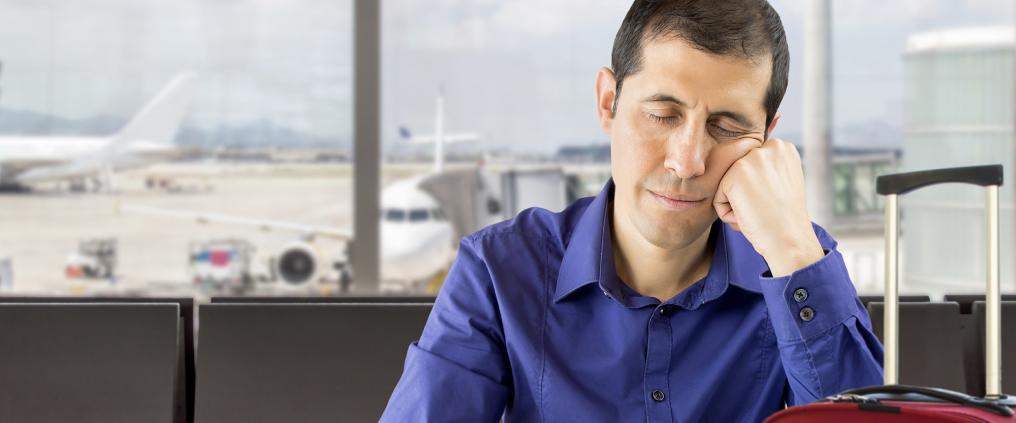The alertness and waking state of the human body is regulated by light. When the amount of light decreases, an individual begins to feel tired. Increasing light, on the other hand, awakens a person who is sleeping.
This should be remembered at the destination, where you should become accustomed to the local sleeping and eating rhythms right away. It is also a good idea to seek daylight, which enables one to adjust to the local time more quickly.
The significance of light should be taken into account during the trip.
For instance, if you can sleep on a plane, you can take sleep masks, a neck pillow, and ear plugs with you. It is also advisable to eat lighter and avoid excessive consumption of alcohol on a trip, as it deteriorates the quality of sleep.
Even a small amount of jet lag requires adjustment
We speak of actual jet lag when the trip crosses 4–5 time zones. The rule of thumb is that the body becomes accustomed to jet lag of approximately one hour per day.
The symptoms of jet lag are especially annoying on a holiday: you feel slightly off, have a headache, and cannot get to sleep despite being tired. Food does not taste good, and you have no energy to do much of anything.
Of course, there are some individual differences; as we know, there are evening and morning people among us. Age makes a difference, too. Young people usually find it easier to get used to the new rhythm.
On short hops you can also try to stay in sync with the time of the home country, but this is often impossible due to the programme that awaits at the destination.
Melatonin, “the darkness hormone”, is available from pharmacies without a prescription, and has helped some people get accustomed to the new time zone.
In contrast, many mood stabilizers make it more difficult to get used to the new time because their efficacy is based on regulating the alertness of the body.
The west is an easier direction than the east
It is 30–40 percent easier to travel west than east, the reason being that it is easier to prolong than to shorten the day.
The length of the day has been agreed to be 24 hours, but the internal human clock thinks the day is 24–26 hours long.
When you head towards America, you can just continue to stay awake until the evening, and after that you can usually get a good night’s sleep.
On the other hand, spending a short winter holiday on a trip to Asia may not be a good idea, as recovering from jet lag can take the whole vacation.
When travelling to the east, in particular, you should try to adjust your own daily rhythm before leaving home. Just go to bed early and get up early. When heading west, you can prepare to stay up a little longer.
For athletes, adjusting to jet lag is a bit more complicated. The Winter Olympics will be held in South Korea in 2018 and the Summer Olympics in Tokyo in 2020 – precisely in this difficult direction.
Some people may travel in several phases, resting and adjusting between legs of the trip. Hopefully athletes will not miss out on medals due to jet lag!
Neck pillows, sleep masks, melatonin, and other products which ease jet lag are available from the shops and pharmacy at the airport.
